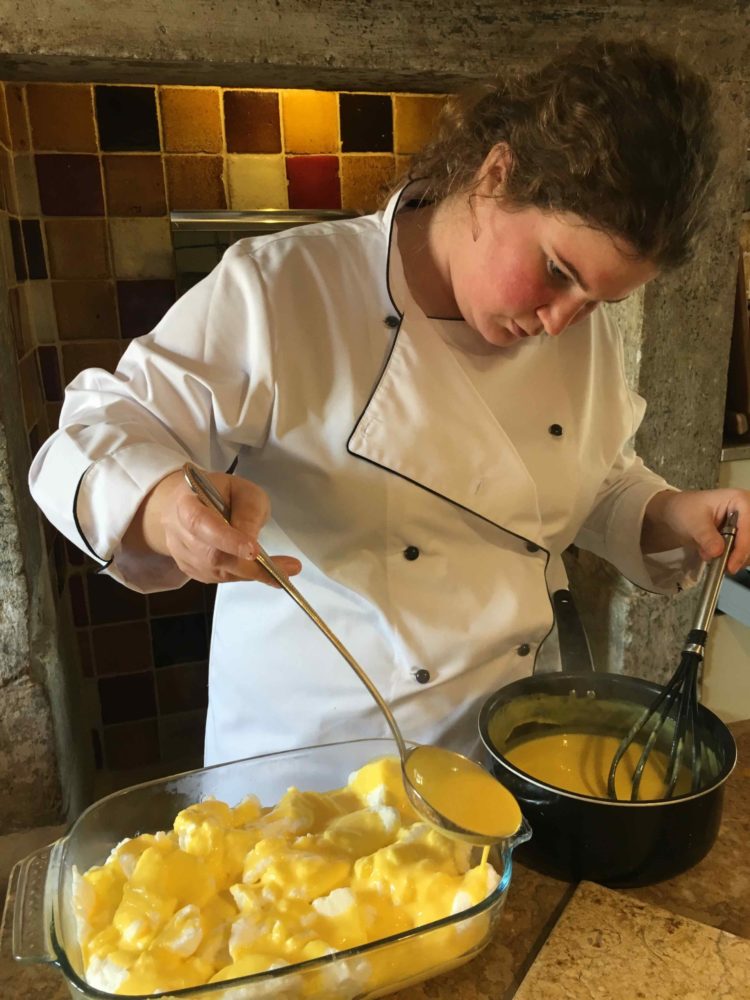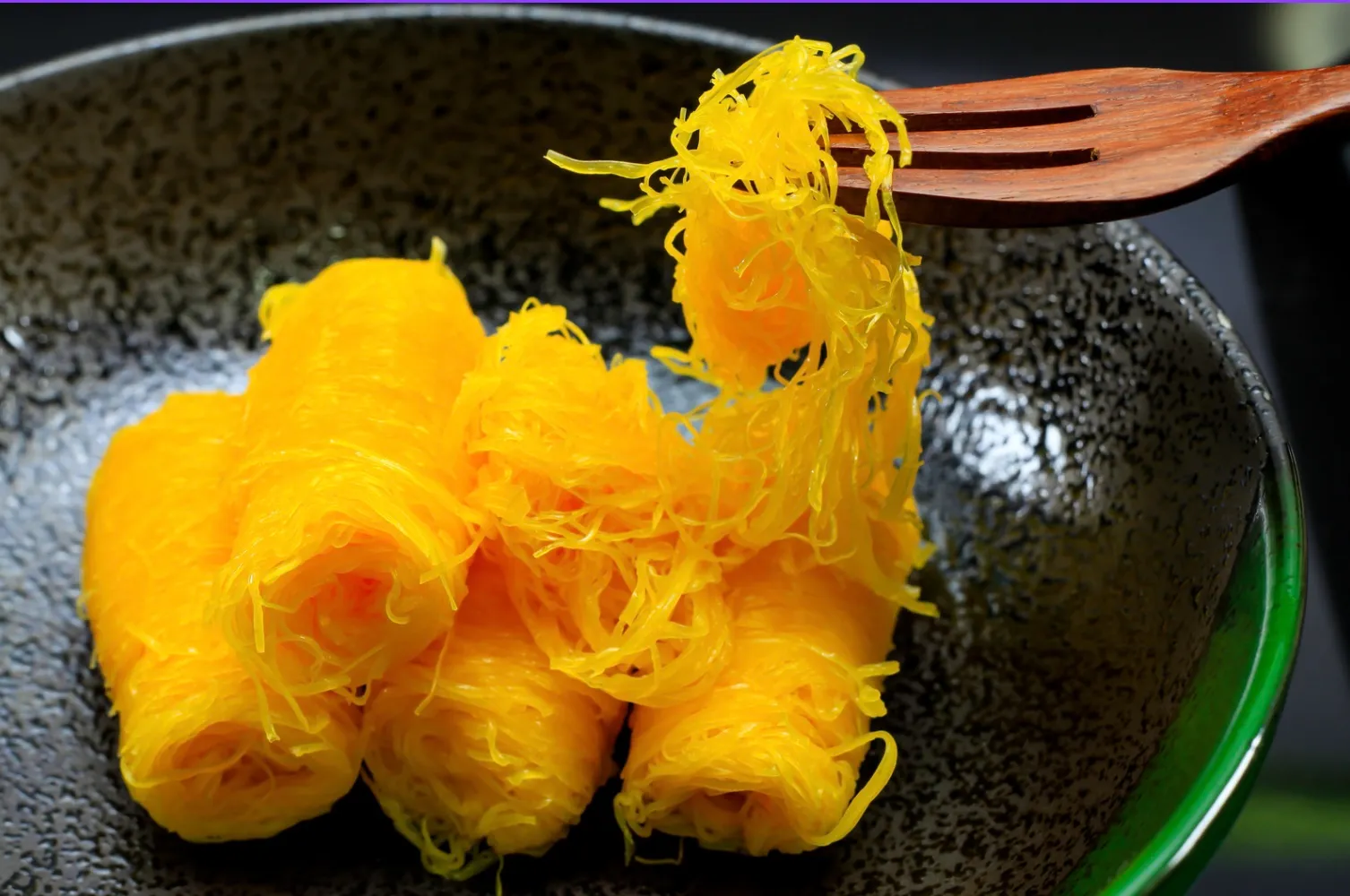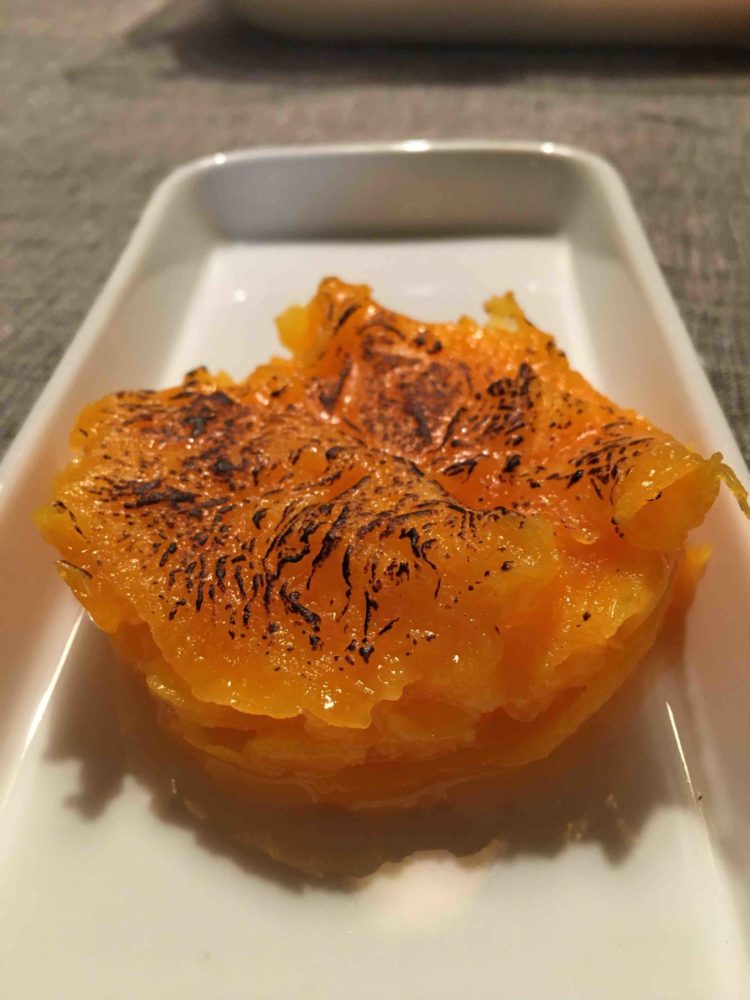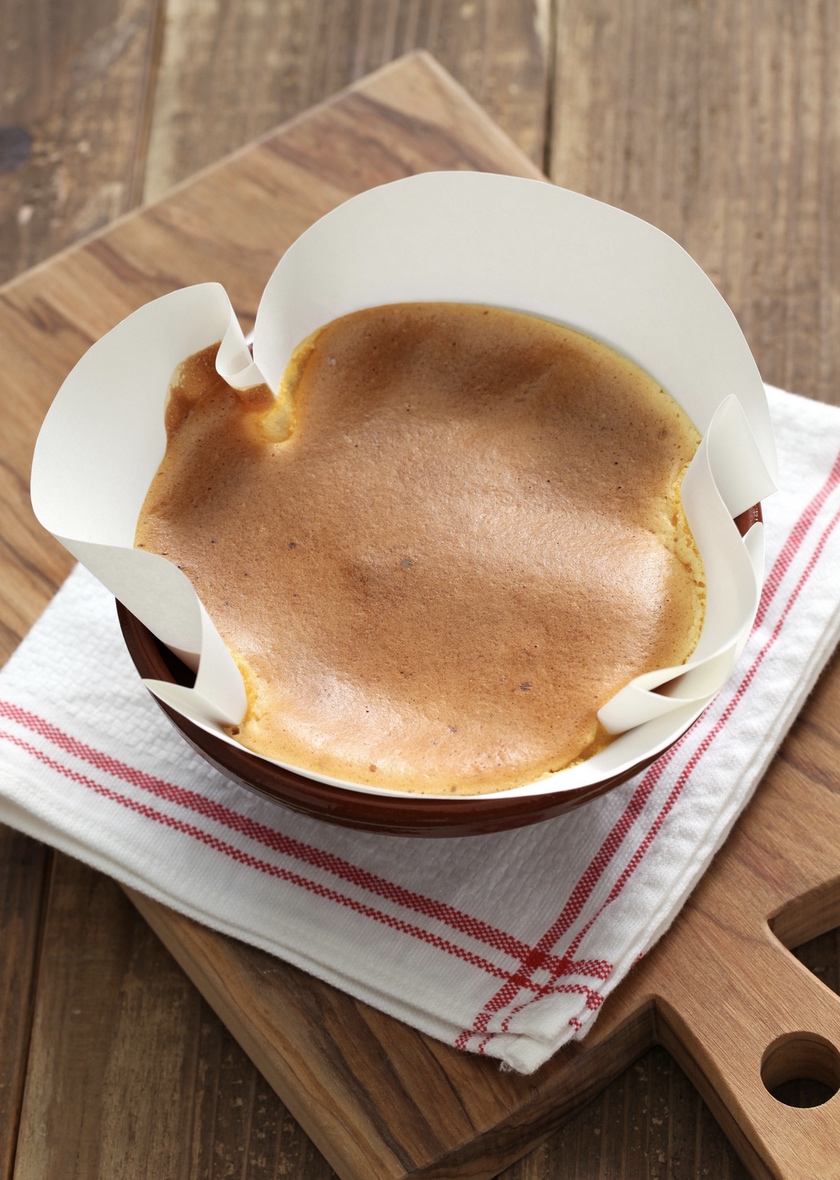6 HOMEMADE CONVENTUAL PORTUGUESE DESSERTS


Portuguese conventual sweets are just one of the categories of Portuguese desserts and the one that I love and admire the most. We can count more than 150 recipes in this category so…endless pleasure is assured! Namely the well known Pastel de Nata!
Plus, some of these recipes have travelled far and influenced foreign traditions and tastes, namely in Japan with the creation of the famous Japanese Castella Cake.
Let’s discover all this and at the end try to do it yourself at home!
More on that below in our FREE Recipe Ebook and on the best Online Pastel de Nata Cooking Class, the only with a true baker!
Conventual Portuguese Sweets
An exclusive heritage from Portuguese Cuisine
‘Conventual’ because they were invented, after the 15th century, by the nuns and monks in numerous convents Portugal had built as a power strategy against the Islamic religion that prevailed until the 12th century.
These 150 sweets all use three ingredients: water, sugar and egg yolks.
So don’t be surprised to find Portuguese sweets recipes with 15 or 30 egg yolks! Something that only Portuguese people seem to be capable of using in one single recipe.

Funnel to make Egg Threads
Portuguese egg desserts: why only egg yolks?
Egg whites were used to starch nun’s habits, and make them thick. Egg whites were also used to bake communion wafers, the sacramental bread. On the other hand, winemakers (and you know Portugal is a wine country!) needed large quantities of egg whites to “clear” their white wines.
In order to use the leftover yolks (and the free time they had at the convents!), nuns, monks and friars, around Portugal, namely Conventual Franciscans, developed pastries and desserts, once sugar started to arrive to the country, coming from the former Portuguese colonies. Each convent produced its own recipes that were kept secret for centuries, until the 19th century.
Around the 18th and 19th century, Portugal was the biggest producer of eggs in Europe. Eventually, the egg whites were even exported to other places.
Only after the religious orders were extinct (1821), during the Liberal Revolution, these recipes were revealed. Gradually, we had access to all the ones we know today.
They are now, one of the most important categories in Portuguese gastronomic heritage. But, I do believe that there are still others hidden in some old trunks.
Even if conventual sweets are made of the same three ingredients (to which in some cases, local products were added, like almonds, figs, beans, etc.), these are not boring sweets. In fact, besides loving their taste, I admire their creativity!
I am always fascinated by the various textures, shapes, and tasting experience you can produce, by playing with the temperatures at which you cook the sugar and/or the egg, how much water you add, cooking time and even what type of movements you do when mixing!

Egg Threads
Portuguese sweets recipes: conventual hidden secrets
There are so many conventual sweets, which makes it hard to mention them all, but some of my favourite are Pudim do Abade de Priscos, Pão de Ló, Jesuítas, Fidalgos, Toucinho do Céu, Pão de Rala, Lampreia de Ovos, Barrigas de Freira, Cornucópias and of course, Pastel de Nata.
Last Christmas, we made several conventional desserts at home!
Natacha, skipper and a host on our tours, is gifted for these kinds of recipes which demands lots of technique, patience and perfectionism. Probably one day she will do some online classes or a cooking class in Lisbon! Until then you can contact her here for any tips or to book an private online cooking class!!

Fidalgo
For example, using a peculiar instrument that looks like a funnel, we cooked, Egg Threads (Fios de Ovos) – check our video below to discover how we use it!
They can be eaten just like that or be used to compose different ‘conventual’ sweets, like Lampreia or in the rare Fidalgo, the one you can see in this picture and that we’ve also made for Christmas.
To do ten of these small Fidalgos, we’ve used 33 egg yolks and spent more than 3 hours on the process!
Abade de Priscos, another conventual sweet, is named after the abbot who developed the recipe and happens to also be one of my favorites. Made with 15 egg yolks, it has a firm but soft and buttery texture. But, we haven’t used any butter! Instead, it is made with bacon (mostly the white fatty part). Check the ingredients here and see our homemade result.
Toucinho do Céu (literally translated to lard from heaven) adds ground almonds to the eggs and sugar. It is called this because traditionally the recipe is made using bacon, like Pudim Abade de Priscos.
This last one you can frequently find in restaurants, so give it a try after your meal! Guests who have tasted it during our Food Tour of Lisbon loved it!
Calling all vegetarians: recently many restaurants are replacing the pork lard with butter and this is especially relevant to be aware of if you are looking for Lisbon vegetarian dishes. Just ask the server or the restaurant owner and they will be honest with you and even proud that you know how these Portuguese desserts are made!
We also made Pão de Ló, a sponge cake, with eggs, sugar and a bit of flour (‘tho we also have a gluten-free version). Our favourite version, from Ovar, is moist and the texture is melty on the inside with a softly baked, velvety top layer.

Pão de Ló
But did you know that this Portuguese sponge cake inspired the creation of the famous Japanese cake, Castella Cake, or Kasutera (カステラ) which drives Japanese foodies crazy?
Castella cake: a Portuguese dessert in Japan!
What exactly is Japanese Castella cake and how did it become part of Japanese history?
Right before the sakoku policy (1641-1853), under wish all trade with foreign countries was closed-down, Portuguese went to Japan in the sixteenth century, for trade and missionary work.
Nagasaki, a busy international trade port that is now strongly associated with Japanese Castella cake and western influences, was where Portuguese merchants were afforded special trading privileges in the port of Dejima.
It is said that the Christian missionaries (the one detaining the secrets Portuguese desserts recipes) aboard used to offer Pão de Ló, at the time an unknown sponge cake for the Japanese, as an exchange for permission to dock but also to sweeten the missionary word, attracting more converts and church members among the inhabitants!
This way Portuguese introduced sugar in Japan (as well as pumpkins, tobacco) which became an expensive ingredient limiting the consumption of this new cake to rich families.
Gradually, the original and travelled recipe of the Portuguese Pão de Ló was adapted by Japanese, namely replacing the expensive sugar with starch syrup or honey.
These days we can find different flavours of Castella Cake such as chocolate or green tea, like the one we cooked at home.
The cake is now part of the local food culture, having spread throughout the country thanks to the tea ceremony, a cultural phenomenon that was growing in popularity at the time. Later, Japanese travelling to Portugal to study propagated the recipe after returning to Japan.
 Castella Cake is available to buy in the main Japanese cities in cafes, souvenir shops, main train stations, airports. You can buy it in single of the cake or box sets. When you visit Portugal you can buy yours at Kasutera Shop in Lisbon or order it to Natacha Dias.
Castella Cake is available to buy in the main Japanese cities in cafes, souvenir shops, main train stations, airports. You can buy it in single of the cake or box sets. When you visit Portugal you can buy yours at Kasutera Shop in Lisbon or order it to Natacha Dias.
Why is the Japanese sponge cake called kasutera or castella cake?
One of the theories is that the name Portuguese sponge cake that we now call Pão de Ló, was named Pão de Castella (Castella Bread ou Bread from Castella?). Castella was a kingdom in the Iberian Peninsula (931-1479) where it is now considered northern-central Spain.
Another theory, which some (may) find comical, is related to the name Portuguese people and Portuguese Chefs give when they vigorously beat the white eggs into stiff, to make Pão de Ló or Pão de Castela, among other cakes and desserts (bater as claras em castelo, literally translated to, beat the white eggs until they turn into castles, or …citadel-like peaks!).
Other Portuguese desserts that have been adopted by Asians are the Egg Tarts (Pasteis de Nata) and Bean Cakes (Pasteis de Feijão). They influenced the creation of Manju and Anko, a paste made of azuki beans, sugar, water, and salt. But we will leave these stories for another episode!
Portuguese Desserts Recipe Ebook
If you want to try to do some of these recipes at home like a professional, we offer you this Portuguese Dessert Recipe book including a detailed Pão de Ló recipe and the Japanese Cake Kasutera recipe. With handmade illustrations, all of the tricks on how to get a real spongy egg cake and a moist and melty texture!
Pastel de Nata Online Cooking Workshop
Well, now you know that the famous Pastel de Nata, Egg Tart and also named Custard Tart is just one of many delicious conventional sweets in Portuguese cuisine! And since it’s so famous and many of you can’t travel now to Portugal due to this pandemic situation, we leave you with our favourite online cooking workshop to make the best of our Pastel de Nata recipe from scratch! The only experience with a real baker!
All photos were taken, during Christmas 2020, by Sílvia Olivença (anthropologist and food guide/CEO at Oh! My Cod Food Tours).
